Trump's Budget Cuts Increase Tornado Season Risks, Experts Warn
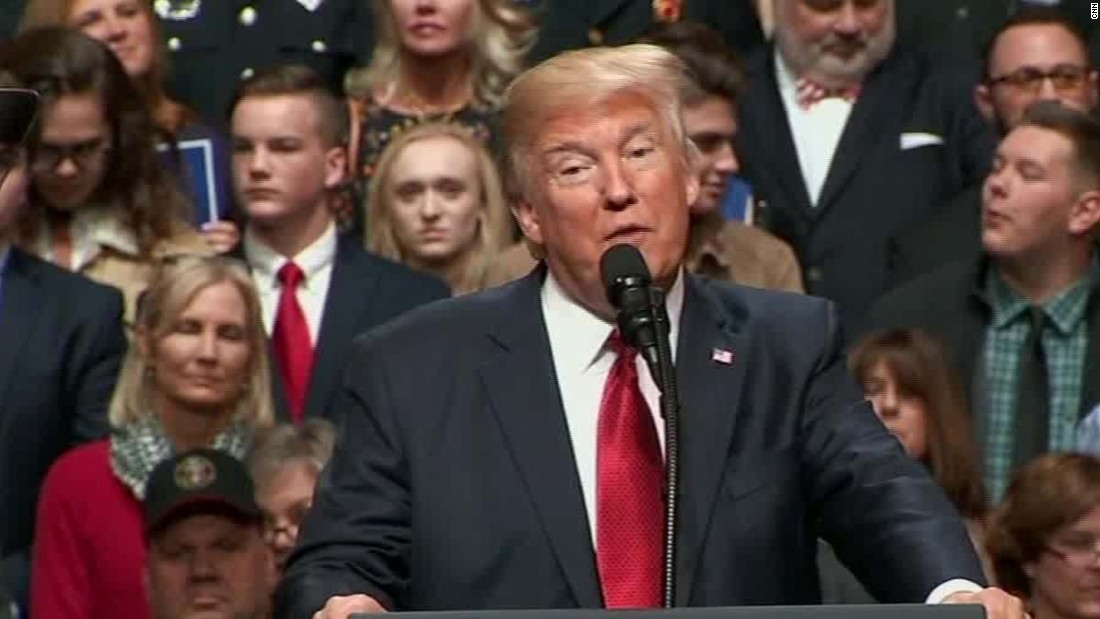
Table of Contents
Weakened Tornado Prediction Capabilities
Reduced Funding for Research and Technology
Budget cuts significantly limit advancements in tornado prediction technology. This translates to fewer researchers dedicated to improving forecasting models, delayed upgrades to crucial Doppler radar systems, and a diminished capacity for sophisticated data analysis. Improvements in Doppler radar technology over the past two decades have dramatically increased the accuracy of tornado warnings, saving countless lives and reducing property damage. Reduced funding jeopardizes the continuation of this crucial progress. The consequences include:
- Fewer researchers: A decline in the number of scientists dedicated to developing and refining advanced forecasting models, hindering progress in prediction accuracy.
- Delayed radar upgrades: Delays in upgrading Doppler radar systems, limiting their range, resolution, and ability to detect tornadic activity early. This impacts the timeliness and accuracy of severe weather alerts.
- Limited data analysis: Reduced capacity for sophisticated data analysis, hindering the identification of high-risk areas and the refinement of forecasting models. This directly impacts the effectiveness of early warnings.
Understaffed National Weather Service
The NWS is facing severe staff shortages due to budget cuts. This increased workload per forecaster leads to potential human error and delays in issuing timely warnings. The impact on public safety is significant:
- Increased workload and burnout: Overworked forecasters are more prone to fatigue and errors, potentially compromising the accuracy and timeliness of warnings.
- Slower warning dissemination: Shorter staffing levels result in slower processing of weather data and dissemination of warnings, reducing the crucial lead time communities need to prepare and take protective action.
- Reduced accuracy and reliability: Studies show a direct correlation between adequate staffing levels and the accuracy of weather forecasts and warnings. Understaffing weakens this crucial element of disaster preparedness.
Impaired Emergency Response and Disaster Preparedness
Cuts to Disaster Relief Funds
Reduced funding for disaster relief severely impacts communities' ability to prepare for and recover from tornadoes. The effects are far-reaching:
- Inadequate storm shelters: Less funding for the construction, maintenance, and improvement of storm shelters leaves communities vulnerable, particularly those with limited resources.
- Compromised early warning systems: Investments in advanced early warning systems, like siren networks and mobile alert systems, are critical. Budget cuts compromise the reliability and reach of these systems, reducing their effectiveness.
- Limited post-disaster aid: Reduced funding for post-disaster aid slows recovery efforts, increases economic hardship, and prolongs the suffering of affected communities. The long-term economic and social consequences of underfunded disaster recovery are significant.
Diminished Community Preparedness Programs
Budget cuts also affect educational initiatives and outreach programs crucial for community preparedness. This leaves many vulnerable:
- Reduced public awareness campaigns: Fewer resources for public awareness campaigns mean less education about tornado safety, emergency procedures, and the importance of having a disaster preparedness plan.
- Under-trained emergency responders: Budget cuts limit training opportunities for emergency responders, impacting their ability to effectively handle tornado emergencies and assist those in need.
- Limited access to resources: Reduced funding means fewer resources for providing critical information, preparedness materials, and support to vulnerable populations.
The Link Between Budget Cuts and Increased Tornado-Related Risks
Impact on Early Warning Systems
Reduced funding directly undermines early warning systems, increasing risks associated with tornado season and other severe weather events. The impact is undeniable:
- Delayed warnings: Budget cuts lead to delays in issuing warnings, reducing the crucial time communities have to seek shelter and take protective measures.
- Reduced accuracy of forecasts: Limitations in technology and data analysis capabilities due to budget cuts directly impact forecast accuracy.
- Inadequate public awareness: Limited outreach programs reduce public awareness, leaving people unprepared and more vulnerable during severe weather events.
Exacerbation of Existing Vulnerabilities
Budget cuts disproportionately affect vulnerable populations and communities with limited resources. This exacerbates existing inequalities:
- Unequal access to safety: Those with fewer resources have less access to safe shelters, transportation, and other resources needed during severe weather.
- Increased economic burden: Communities with limited resources struggle more to recover from tornado damage, facing increased economic hardships.
- Heightened social inequalities: Budget cuts intensify existing social inequalities, leaving vulnerable populations more exposed to the risks of severe weather and its devastating consequences.
Conclusion:
Trump's budget cuts to weather monitoring and disaster preparedness programs directly increase the risks associated with tornado season and other severe weather. These reductions compromise prediction accuracy, emergency response capabilities, and community preparedness, ultimately leading to increased loss of life and property damage. We urge you to contact your elected officials to advocate for increased funding for the National Weather Service, NOAA, disaster relief programs, and community preparedness initiatives. Demand better protection against the devastating impact of severe weather events like tornadoes. Protect your community; take action today.

Featured Posts
-
 Tyler Herros 3 Point Victory Heat Star Shines At Nba All Star Weekend
Apr 25, 2025
Tyler Herros 3 Point Victory Heat Star Shines At Nba All Star Weekend
Apr 25, 2025 -
 Clutch Performances From Hield And Payton Secure Warriors Win Against Blazers
Apr 25, 2025
Clutch Performances From Hield And Payton Secure Warriors Win Against Blazers
Apr 25, 2025 -
 Golden States Bench Duo Hield And Payton Secure Win Against Portland
Apr 25, 2025
Golden States Bench Duo Hield And Payton Secure Win Against Portland
Apr 25, 2025 -
 Heats Tyler Herro Wins 3 Point Contest Cavs Duo Sweeps Skills Challenge
Apr 25, 2025
Heats Tyler Herro Wins 3 Point Contest Cavs Duo Sweeps Skills Challenge
Apr 25, 2025 -
 Experts Link Trump Budget Cuts To Increased Tornado Season Risks
Apr 25, 2025
Experts Link Trump Budget Cuts To Increased Tornado Season Risks
Apr 25, 2025
Latest Posts
-
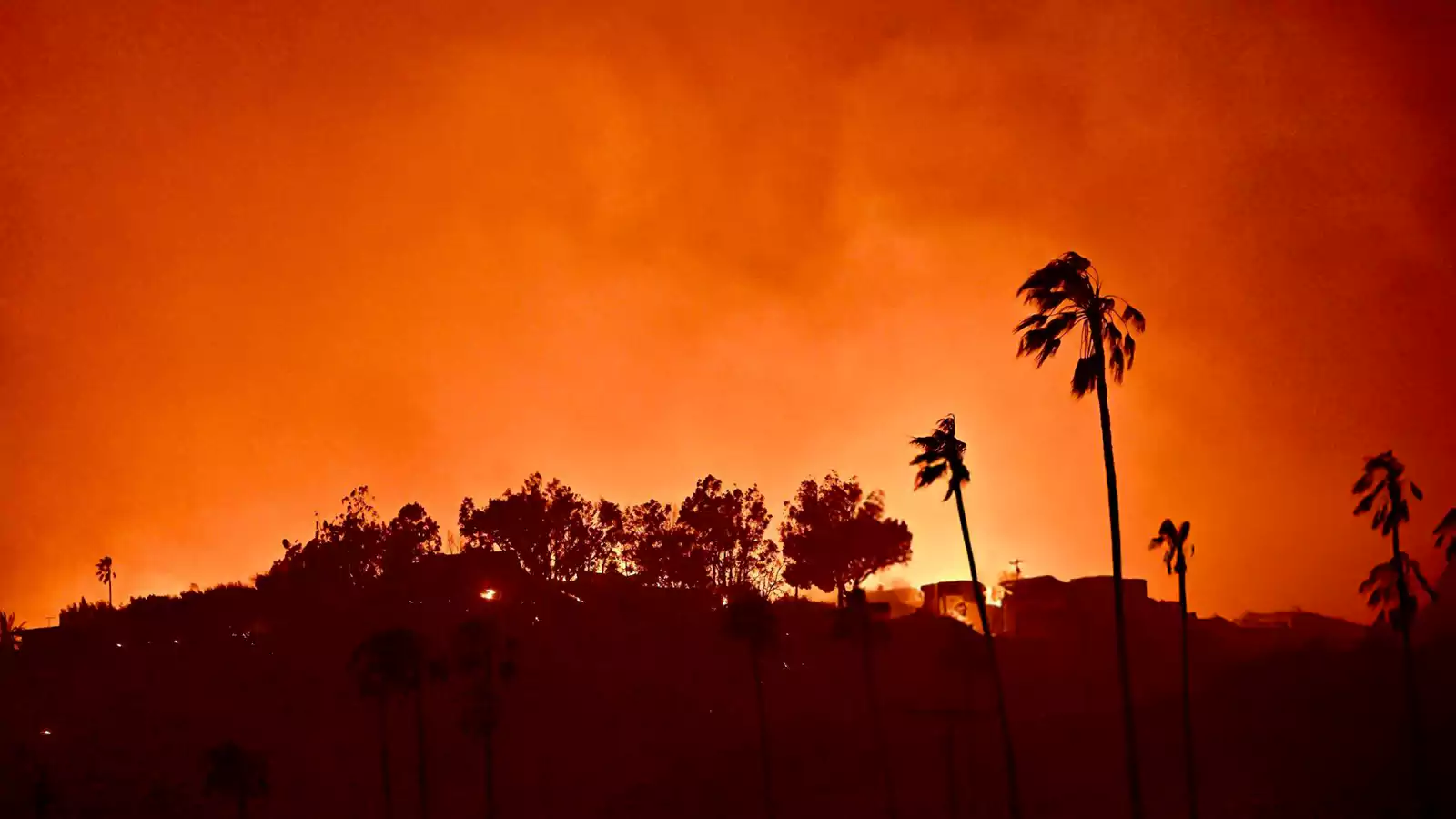 People Betting On The Los Angeles Wildfires A Sign Of The Times
Apr 26, 2025
People Betting On The Los Angeles Wildfires A Sign Of The Times
Apr 26, 2025 -
 The Perilous Practice Of Betting On Natural Disasters The La Wildfires Case Study
Apr 26, 2025
The Perilous Practice Of Betting On Natural Disasters The La Wildfires Case Study
Apr 26, 2025 -
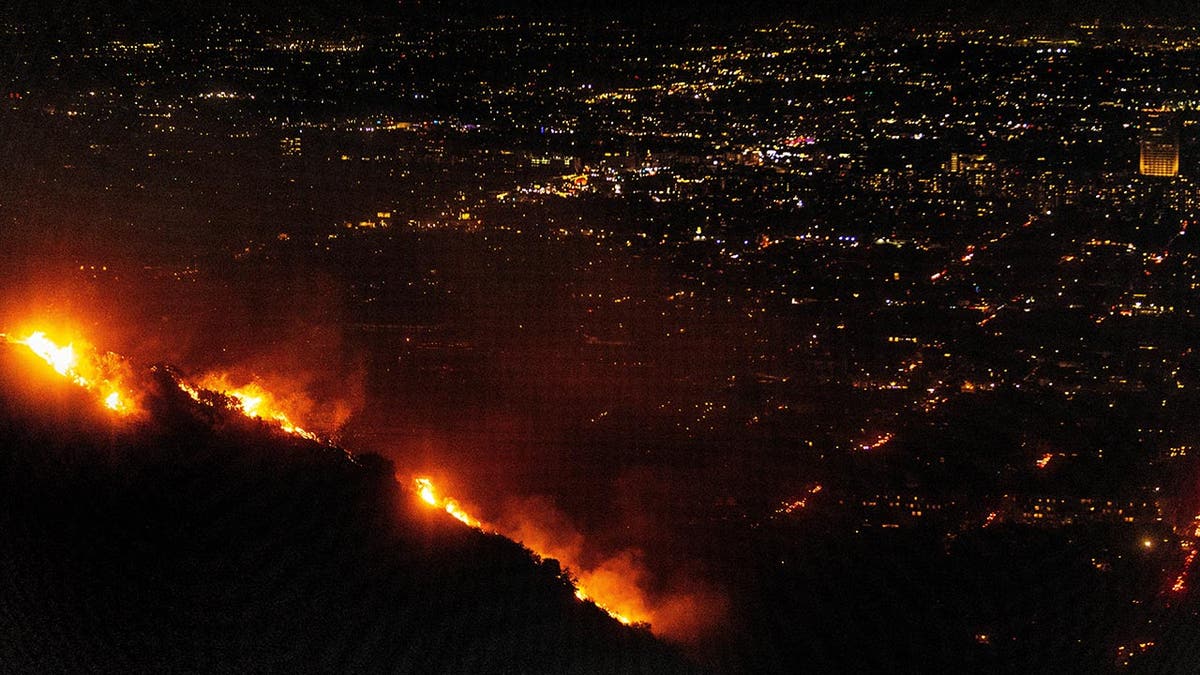 Gambling On Calamity The Case Of The Los Angeles Wildfires
Apr 26, 2025
Gambling On Calamity The Case Of The Los Angeles Wildfires
Apr 26, 2025 -
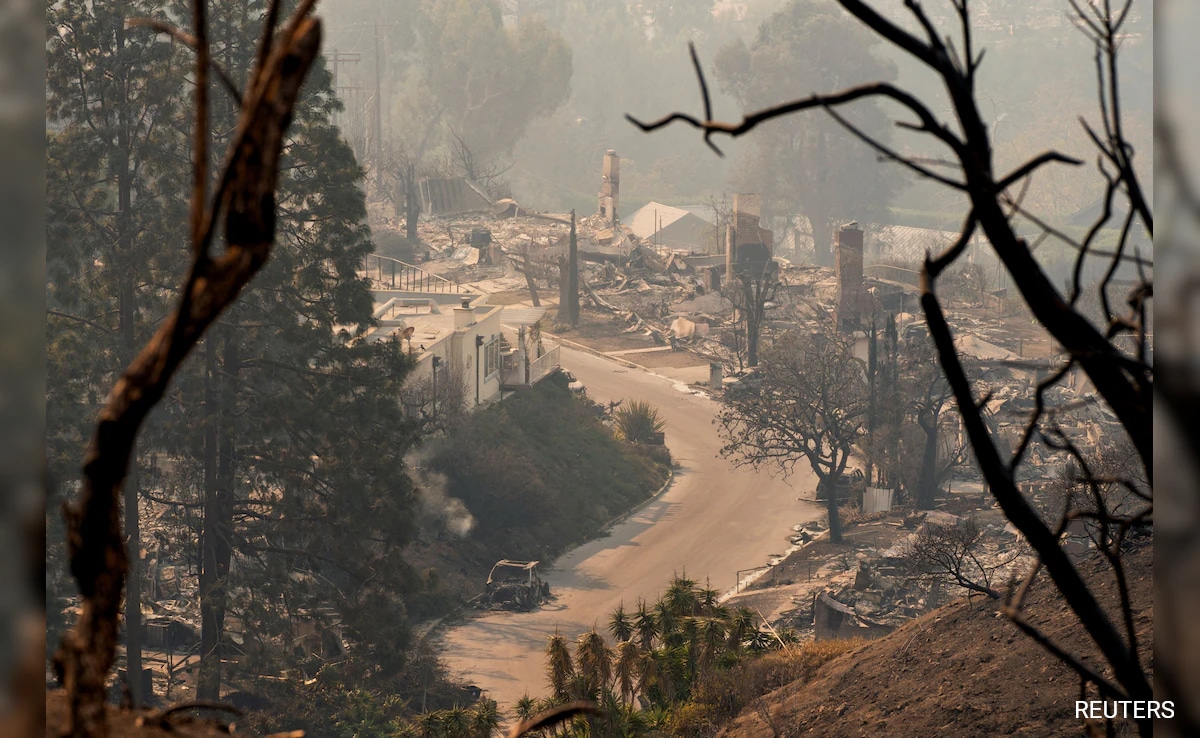 The Los Angeles Wildfire Betting Trend A Societal Commentary
Apr 26, 2025
The Los Angeles Wildfire Betting Trend A Societal Commentary
Apr 26, 2025 -
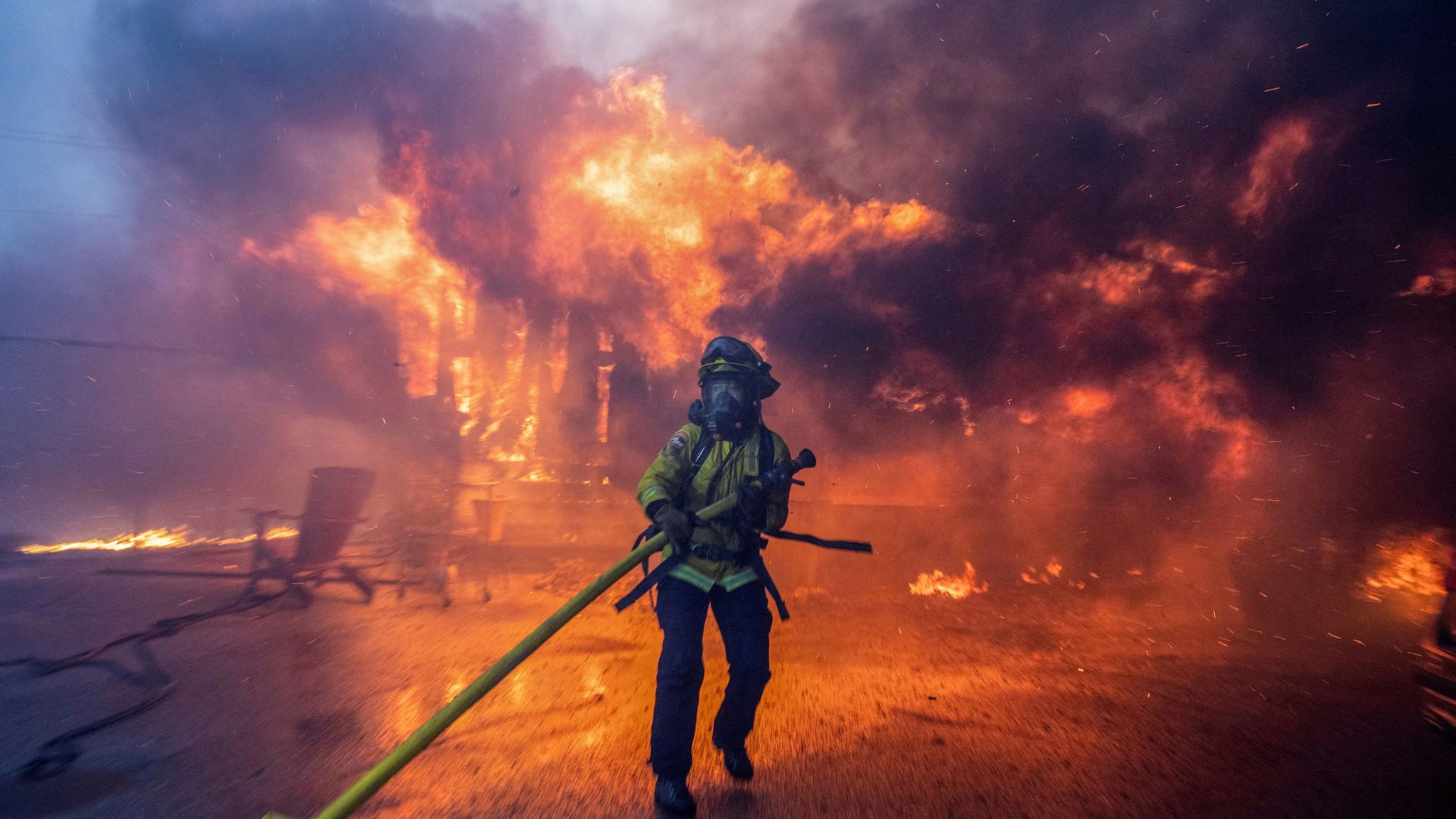 Los Angeles Wildfires And The Gambling Industry A Concerning Connection
Apr 26, 2025
Los Angeles Wildfires And The Gambling Industry A Concerning Connection
Apr 26, 2025
